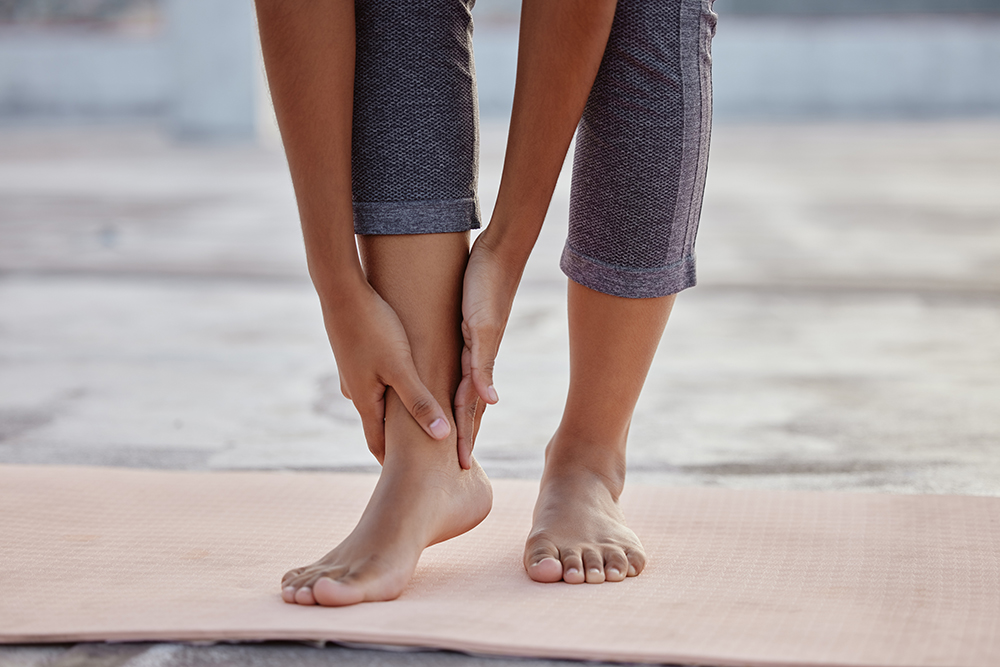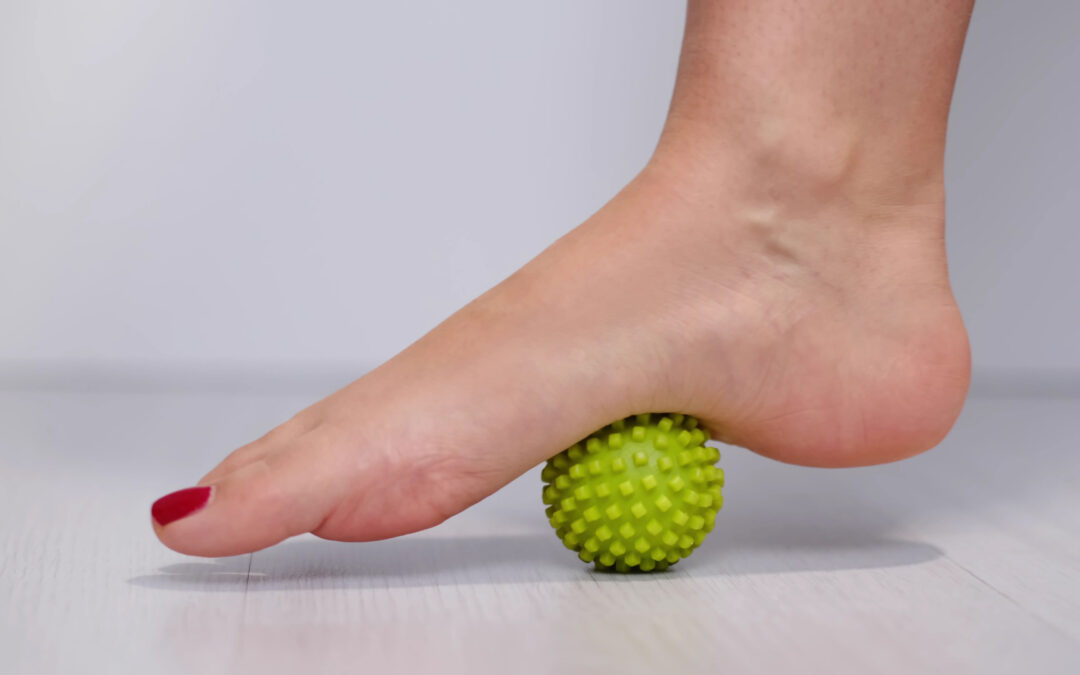Contents
Any sort of exercise can help improve your physical and mental health. Activities like playing sports, lifting weights and taking a dance class are just a few ways that you can incorporate exercise into your routine. And running is one of the most common ways that people work out.
Running is a common type of exercise because you can do it almost anywhere. But what if running is the cause of your foot pain? While running can provide many physical benefits, such as burning calories and improving cardiovascular health, it’s important to take notice of an ache in your heel following the exercise. If you’re feeling heel pain from running, we’re here to help you determine why.
We’ll talk about the possible causes of heel pain from running and treatment options that you should explore, including physical therapy.
5 potential causes of heel pain from running
Running utilizes every part of your lower extremities, from your waist down to your toes. If you’re specifically experiencing pain in your heel from the exercise, either during or afterward, it’s important to pinpoint the issue. By learning about the variety of causes for heel pain from running, you can treat the current pain while also learning what preventive measures you can take in the future.
There are many reasons why you may be experiencing heel pain from running. The explanations can range from an injury you’ve sustained to where you choose to run.
Here are five possible reasons why running may be causing pain in your heels:
- Improper footwear — Wearing proper footwear is essential for being able to comfortably run without putting excessive stress on your foot. If you’re wearing worn-out or poorly fitting shoes, the lack of support for your pronation, or the natural movement of your foot, can cause heel pain.
- Hard surface — While you may assume that any type of ground or floor surface can be used for running, hard surfaces can be unforgiving on your heels. Hard surfaces, such as cement and concrete, are putting excessive stress on your heel with every step. Your heels are being overused due to their efforts to absorb the shock.
- Plantar fasciitis — The band of tissue that stretches along the bottom of your foot, from your heel to your toes, is known as the plantar fascia. It can become inflamed due to irritation at the base of your heel. The pain can be felt along the entirety of your foot, particularly underneath the ball of your heel. Running can cause plantar fasciitis due to the excessive stress on the plantar fascia during the repetitive movements.
- Bursitis — There are fluid-filled sacs that act as cushions for tendons or muscles as they move over bone, known as bursae. There’s a bursa located near your heel, at the back of your ankle, known as a retrocalcaneal bursa. It can become inflamed due to repetitive movement, such as running.
- Tendinitis — Your Achilles tendon runs along the back of your leg and connects your calf muscle to your heel bone. The tendon can be overused if you suddenly ramp up your speed while running, or run farther than normal. The pain is often described as a mild ache above the heel and along the back of the leg.
How to treat heel pain from running
If you experience heel pain either during or after running, it can steer you away from the exercise in the future. With proper treatment, you can put back on your (supportive) running shoes and continue on your health and wellness journey.
Treatment options that can help alleviate your heel pain from running include:
- Ice — Applying ice should always be the first course of action for pain relief. By applying an ice pack to your heel for 20 minutes at a time, you can have temporary relief from the ache and inflammation due to the reduced blood circulation in the area.
- Orthotics — Giving your feet extra support and comfort can go a long way in reducing heel pain while running, especially if it’s due to lack of pronation support in your running shoes. A physical therapist can make recommendations for orthotic inserts to reduce your heel pain during movement and reduce the risk of the pain recurring in the future.
- Physical therapy — A physical therapist can use pain management techniques to alleviate your heel pain as well as improve the overall quality of the area for reduced issues in the future. They can determine the likely cause of your heel pain and use that information to design a personalized treatment plan that can help. Common physical therapy treatments for heel pain include therapeutic exercises and manual therapy.
Lattimore Physical Therapy can help you alleviate your heel pain from running
It can be frustrating when something that’s supposed to make you feel good, such as running, ends up causing you pain. We’re here to provide you with effective physical therapy treatments needed to alleviate it. Not only can physical therapy reduce your heel pain, it can also improve the strength, flexibility and range of motion of the area to help you run to the best of your ability.
Contact our team today for more information or to schedule an initial appointment.


